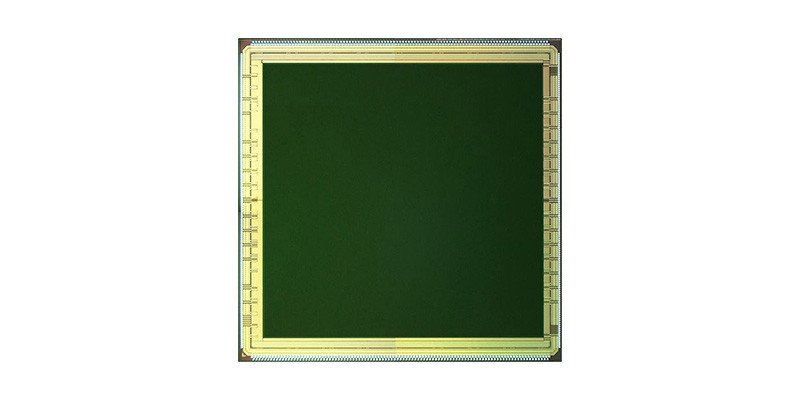Canon Announces the World's First 1MP SPAD (Single Photon Avalance Diode) Image Sensor w/ Global Shutter & 3D Capabilities

Canon has announced this week that it has developed the world's first single photon avalanche diode (SPAD) image sensor with 1-megapixel resolution.
What Is SPAD Image Sensor?
In a SPAD sensor, each pixel possess an electronic element. This allows for electrical amplification each time a photon reaches the pixel, creating an "avalanche". The ability to generate multiple electrons from a single photon greatly increases the sensitivity during image capture and enables high precision distance measurement.
SPAD sensors output a signal based on the number of generated pulses it counts. Each pixel has its own memory (a counter), and the conversion of a single photon into multiple electrons requires a high voltage. These complications have limited the resolution that an SPAD sensor can be made into.
In smartphones, the proximity sensor that determines the distance between the device and physical objects in front of it is an SPAD sensor. There are many other interesting applications in diagnostics, robotis, and virtual reality, etc.
Canon's SPAD Sensor
Canon utilizes a new circuit technology applied to a method known as "photon counting" to realize a 1MP sensor. Photon counting essentially treats light as digital signal: Instead of capturing analog signals (currents and voltage) that each pixel records, the photon count is directly captured. This eliminates electronic noise and is highly precise for detecting weak signals.
The sensor also features a global shutter for the ultimate control of exposure. The shutter speed can be as short as 3.8 nanoseconds (3.8 x 10-9 seconds), and in continuous exposure with 1-bit output the sensor is capable is delivering a thundering 24,000 frames per second.
Thanks to photon counting, this sensor also has a high time resolution as precise as 100 picoseconds (1 x 10-10 seconds), enabling it to determine the timing at which a photon reaches each pixel. It is therefore capable of Time of Flight (ToF) distance measurement for high accuracy 3D distance measuring.
Because light travels extremely fast, distance calculation using the ToF method must be performed in under 1 nanosecond (1 x 10-9 second).
Applications
This SPAD image sensor will be useful for robotic devices, including self-driving cars, bio-imaging, optical communications, space exploration, and quantum computing. It can also be useful in xR3 devices (augmented reality, mixed reality, and virtual reality).